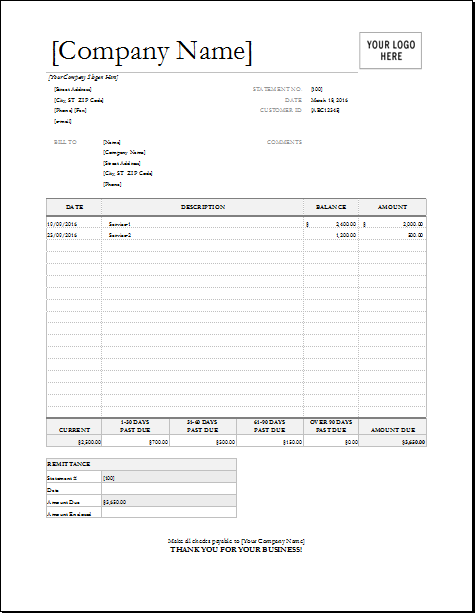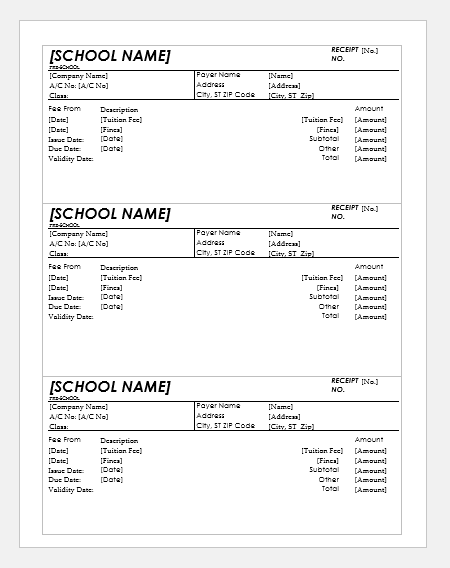When a service provider has provided his services to clients, he issues them a document known as a billing statement. In the professional world, asking for payment verbally is considered unprofessional. Therefore, people have created bills.
Bills are usually financial statements that let a person know that he has been charged some money for the services he has rendered.
What does a billing statement do?
A billing statement that also works as a billing invoice is a professional document that is always prepared with the intention of letting the client know about all the services that were provided and the charges for those services.
A bill does not only state the total amount to be paid. Rather, it gives a complete breakdown of the total cost so that a person who has to pay it can see how and where he has taken those services and built up that specified total amount.
Who can use the billing statements?
All the retail industries providing healthcare services, utilities in houses, and professional buildings such as electricity and gas, telecommunications, and many others always charge their customers by sending them invoices that include the details of the actual charges.
What are the elements of the bill?
You can find the following details easily on every bill:
A header section
The header is the topmost section of the bill, which usually includes the following items:
- Name of the company
- Logo
- A unique invoice number or invoice number
- Meter number in case the invoice reading is taken from the meter
Details of the customer
This section is just beneath the header section and it includes important details of the customer such as name, phone number, complete residential address of the customer, etc.
Billing period
Companies usually issue the invoice after a regular time period to prevent undue payments from adding up and becoming a burden on the customer. The period is usually mentioned with the help of the starting and ending dates of the period. This information helps a customer know the bill that he has been asked to pay.
History of bills
Some invoices also include a history of bills a customer has been paying in the past 12 months. This area is just for the customer’s information, and he can easily see how the amount of payment to be made keeps changing over time due to changes in the rates or the tax applied to the total amount.
Description of services or products
Whether you have purchased products or services, you will find their descriptions in the other section. Here, you will find details of every product and service you have purchased. So, you can confirm if this description section is right or if it has added some additional products or services that you have not bought.
Description of the payment
Here, the company provides details such as the total bill to be paid, the total amount of tax that has been added to the bill amount, the due date by which the payment has to be made, the total amount that will be paid if the due date has passed, description of some additional charges, etc.
Modes of payment
The customer is informed via invoice which mode he can use to pay the bill. Some companies have their own companies that they promote in the invoice so that people can use them and make payments with ease and comfort.
Template of the billing statements
If you take a close look at the financial statements that ask you to pay for the services you have rendered, you will realize that all of them follow almost the same format. If you have to design a statement that you can send to your customers every time they buy something from you, you can easily find a template that will help you design and create your statement in a similar format.
When you follow the same format with slight changes, you make it look like a genuine statement, and customers also start to believe that your business follows professionalism and knows how to let their customers and clients know that they have to pay.

